Lighting design
Post from EditorialsFor proper design, one of the key is a valid use of light sources, the choice of lighting and their disposal.
How to light a space
Choosing the adequate lighting for our houses, custom built for each specific environment, is one of the most effective ways to enhance the positive qualities of a space and hide any defects. Let's see how to make a rational planning of the lights, according to individual rooms.
Lighting: entrances, corridors and hallway
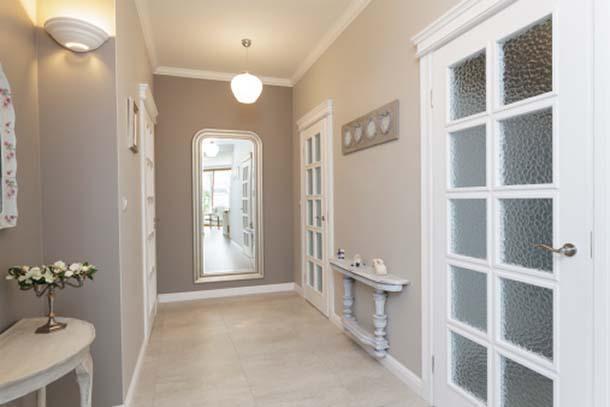
These are rooms almost always small, they hardly receive natural light, light function in such environments is to welcome people with security, so it is not necessary to have an excessive lighting provided it is widespread.
To have a proper lighting in the entrances, it requires at least 150 lux (unit of measure for lightning).
The ideal are spotlights or wall lights with halogen lamps.
Lighting: living rooms, sitting rooms
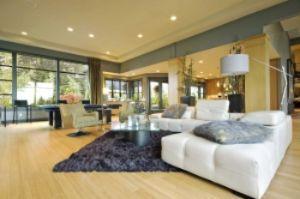 These are the rooms most popular and generally used for different purposes, such as entertainment, reading or writing, music or TV, so the lighting of these environments is very conditioned from furniture and its function.
These are the rooms most popular and generally used for different purposes, such as entertainment, reading or writing, music or TV, so the lighting of these environments is very conditioned from furniture and its function.
Light sources must be of a different nature depending on the activity that takes place and above all, it is appropriate to provide different switches.
If there are reading areas or desks is appropriate that the light comes from above, and it takes 200 to 750 lux for proper lighting.
In areas of relaxation instead are preferable devices that project light beams in small part on horizontal surfaces (tables) and largely to the walls and ceiling.
Thus predominantly indirect lighting creates a relaxing atmosphere.
The lighting in kitchens
The kitchen is a place used at different times of the day. As primary lighting is preferred usually to place the light in the middle of the suspended ceiling room or the ceiling light to spread a homogeneous light to the whole environment.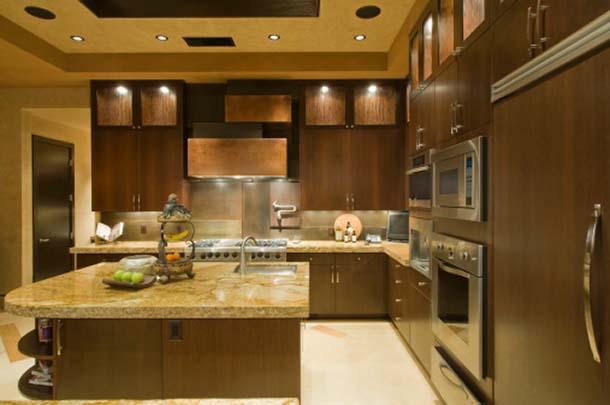
You can choose a bright light like halogen low voltage, but this alone is not enough because often furniture and wall units remain low light or even dark.
If you are using fluorescent or halogen lamps you can illuminate cabinets and stove allowing greater visibility.
The hood above the stove, required by law, must be equipped with its own lighting.
For the table should be a device superimposed, preferably adjustable in height, to create a convivial atmosphere and a relaxed atmosphere.
Light bathrooms
 The bathroom is the room of the house in which we expose our every little flaw, therefore a diffuse light enables us to keep everything under control.
The bathroom is the room of the house in which we expose our every little flaw, therefore a diffuse light enables us to keep everything under control.
We need also localized sources of light, low-power for the area of the bath and shower; lights, vivid and intense must surround the mirror.
The lighting levels profits are between 300 and 700 Lux but we must carefully evaluate the color rendering of the lamps so that is not altered color vision.
Therefore, use of low-power halogen lamps, lamps or fluorescent tubes opaline with high color rendering (Ra at least 90).
Work on the electrical system must always be entrusted to an installer-electrician who knows the safety rules to be respected.
Lighting bedrooms
The bedrooms are not the only place where rest is granted, they are also areas in which we dress, we read, watch TV or simply used for relaxation.
They require the main lighting, provided by a chandelier or a ceiling light that give an effect of scattered light and illumination localized for different subareas.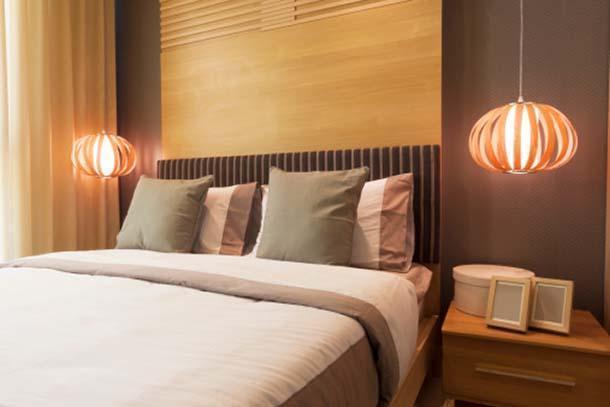
An adjustable light, a wall light or a spotlight fitted with low voltage halogen lamp or a floor lamp, are ideal if you want to read in bed and create a relaxing atmosphere and not disturb those sleeping next.
It is recommended that the switches are provided with dimmers so as to adjust the intensity of the light.
Bulbs with reflector mounted spotlights, neon tubes or installing micro (small switches) are particularly suitable inside the cabinets and allow you to quickly locate the desired garment.
In this room must prepare an average illuminance of 200 lux.
The light and its disposition in space
Natural light (the sun, the sky, the moon) is universal, and spreads from there over all things evenly, is fleeting, changing, appears and disappears cyclically; Artificial light is an occasional mobile is switched on and off at will, can dazzle and can be controlled by man.
An accurate assessment of the color of light leads to its differentiated use: a warm tone invites a domestic perception of places and suits reception rooms used; environments of way or simple connection are characterized by a design of the light guided by cool shades.
Low values of color temperature correspond to warm colors (Warm).
High values of color temperature correspond to cool shades (Cold).
That's why the potential scenic light, used as a means of expression, will not have to transform the overall look of the environment but simply highlight the formal values.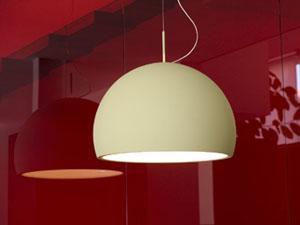 The lighting project must not be an end in itself, but it will go studied and developed in accordance with the environment.
The lighting project must not be an end in itself, but it will go studied and developed in accordance with the environment.
Particular attention must be paid to the location and type of projectors, choosing a direction oblique light, to avoid flattening volumes and to ensure a smoothing effect on the surfaces, avoiding glare in the direction of view.
From the foregoing, it is clear that designing the light in your home is an easy task. The need for lighting moves, therefore, many need such functionality, aesthetics, safety and expressiveness. The definition and control of light are topics to be addressed in an informed and accurate way; the science that deals with them, l illuminating engineering, is constantly changing and studying the different types of luminous emanations offers us a wide range of choice between the various luminaires.
The definition and control of light are topics to be addressed in an informed and accurate way; the science that deals with them, l illuminating engineering, is constantly changing and studying the different types of luminous emanations offers us a wide range of choice between the various luminaires.
The illuminance is measured with a light meter, instrument available on the electricity market.
Unique atmosphere with the right lighting
Among the various areas that a good and proper design includes, without doubt one of the key aspects is the proper use of light sources, the choice of the same and their disposal. In fact, according to the atmosphere we try to create in the designed environments, so we have to behave in the choice of lighting. 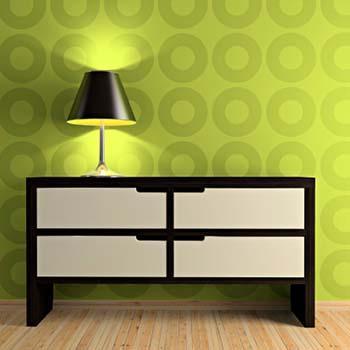 Always keep in mind that the lighting greatly affects mood also; our body reacts in a different way depending on the various shades of light that surround us.
Always keep in mind that the lighting greatly affects mood also; our body reacts in a different way depending on the various shades of light that surround us.
It is a real biological clock linked to the lighting, in all its shades and colors.
That is why we must not leave to chance the choice and placement of such items of furniture, as each area of the house requires a specific solution, according to the specifications needs and requirements.
We can choose, for example, to highlight a corner of our house particularly interesting and fade others, or highlight special design objects, creating dynamic combinations.
All this is possible through a proper study of light and the use of elements that can give a valid answer to our needs.
Each room of the house requires a type of lighting that differs even for the necessary power. So, in a lighting project, you have to set up the light sources also based on how you use the room.
The power required for passageways, such as corridors and hallways, is 7 watts per square meter. The lamps more suitable for these environments are the appliques, ceiling lights or spotlights.
The latter, when they are encased in a false ceiling, must be kept at a certain distance from the floor, that are typically at least twice their height, to allow a good circulation of air and prevent overheating.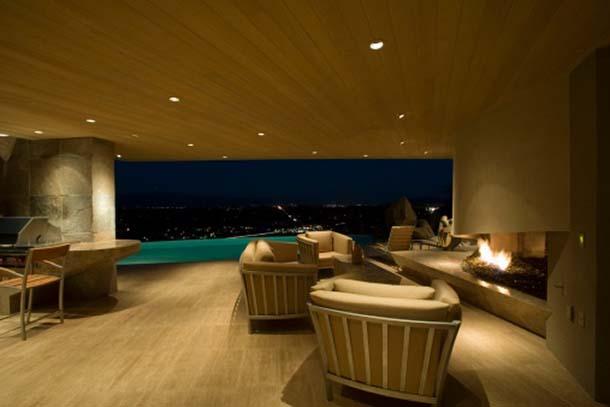
In the kitchen you have to provide illumination of 15 watts per square meter.
In particular, there should be a general lighting, which you can get with a hanging lamp to be placed just above the table and a light to the work plans, which you can get with the spotlights, to be included in the shelves of the furniture or with fluorescent tubes to be placed under the wall cabinets.
Also in the living room takes 15 watts per square meter.
Usually the living room is the larger environment of the house and the one where one plays the more activities. It is therefore necessary to prepare the lighting so as to provide for different light points distributed in the room.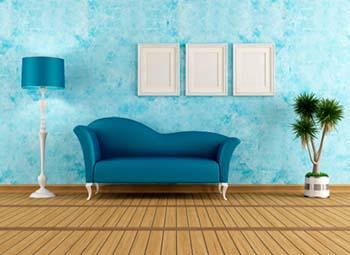 We may use a floor lamp, wall lamps with light facing upwards and a table lamp with light downwards.
We may use a floor lamp, wall lamps with light facing upwards and a table lamp with light downwards.
In the bedrooms we need a power of 10 watts per square meter.
The scattered light must be provided from floor lamps or wall, always with the beam of light directed towards the ceiling or wall. The concentrated light, the one set on the bedside tables, must represent only a small area of light, enough to read.
Also in the bathroom is necessary to provide 10 watts per square meter, a general diffused light and wall lamps with the intense beam of light facing upwards.
The cabinet with mirror usually already contains recessed lamps.
If such a solution is not prepared, the mirror can be equipped with a pair of spotlights.
79806 REGISTERED USERS










